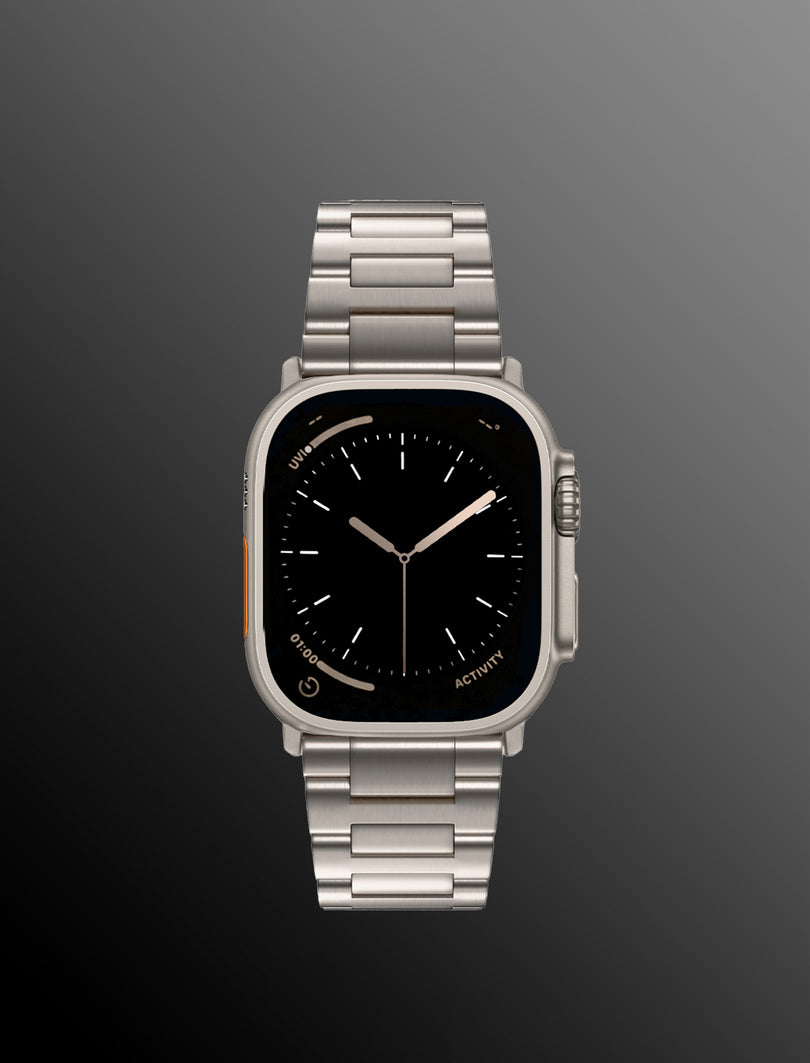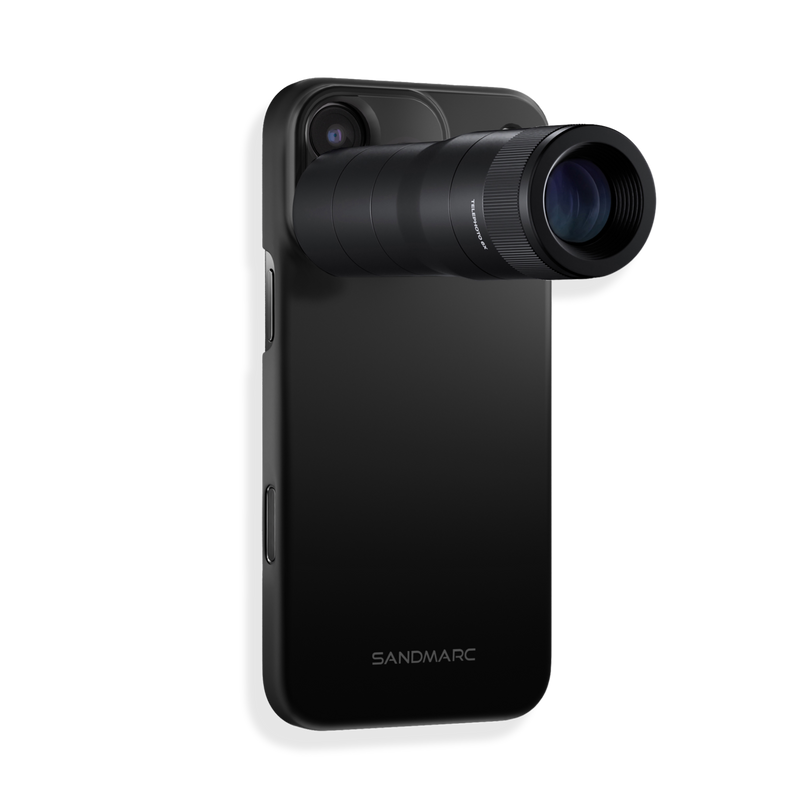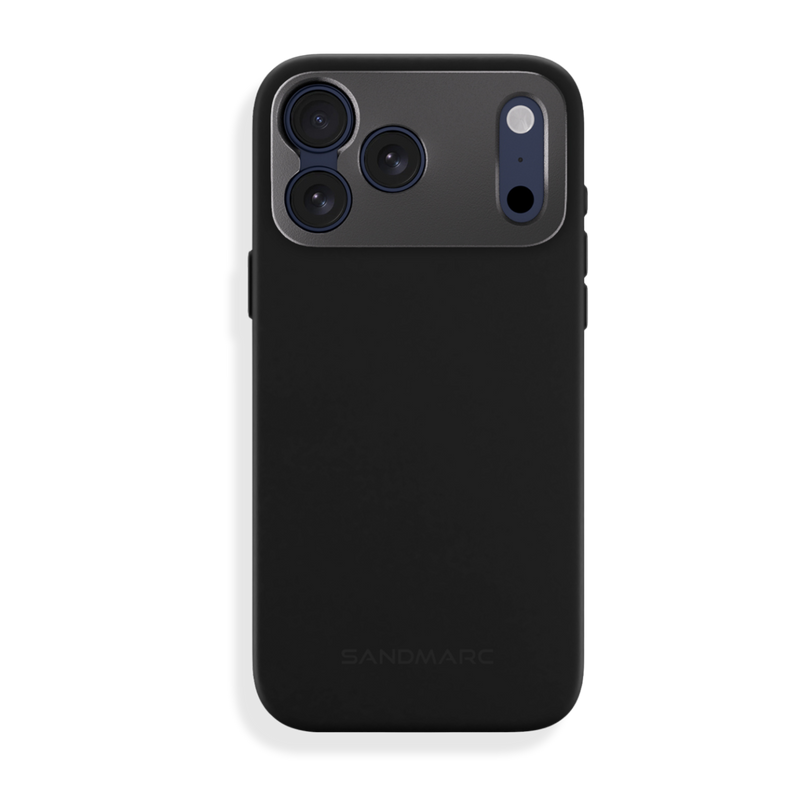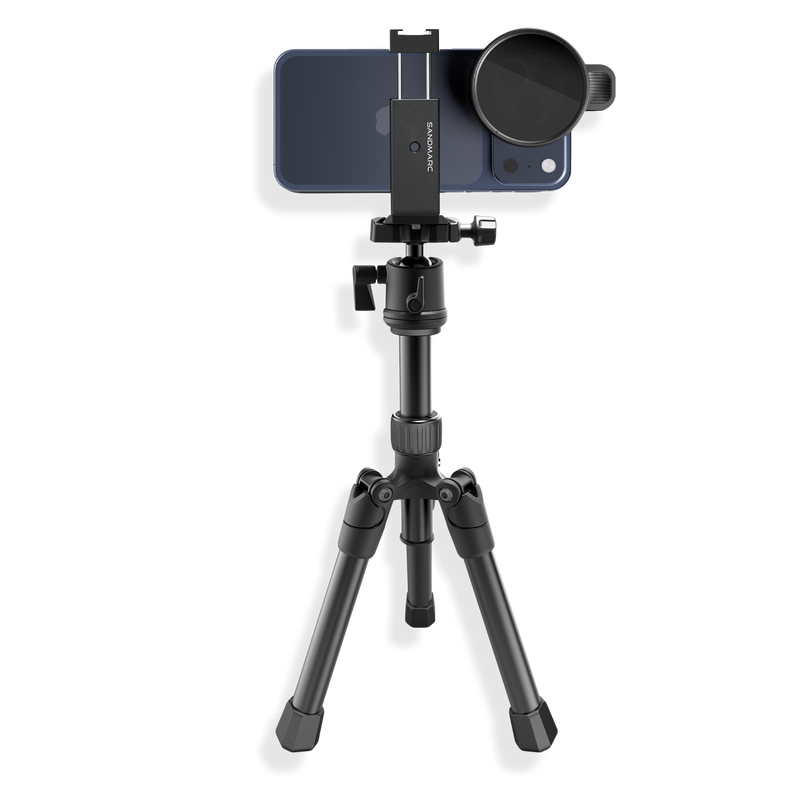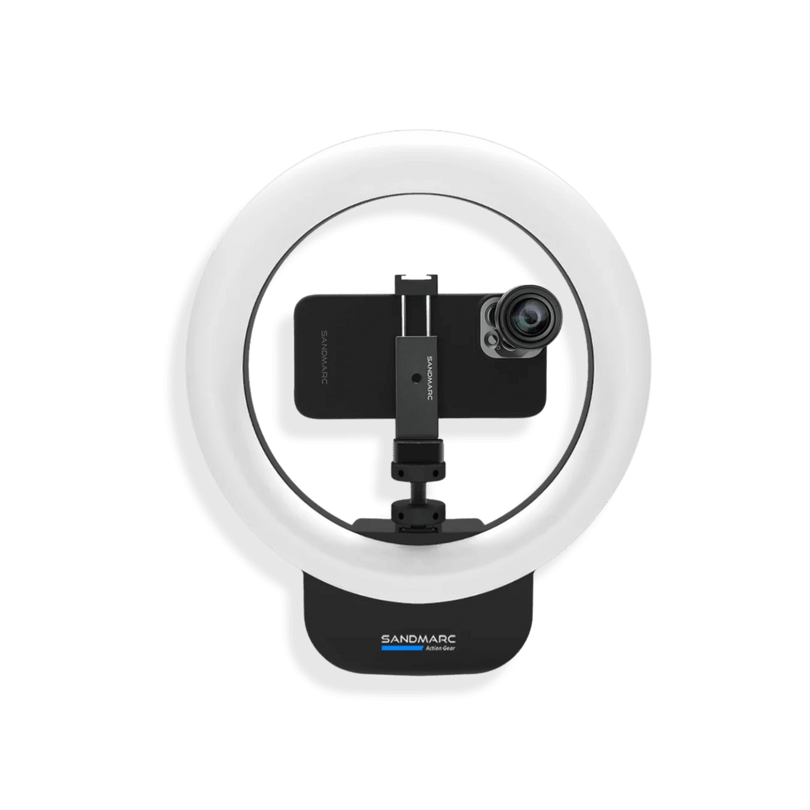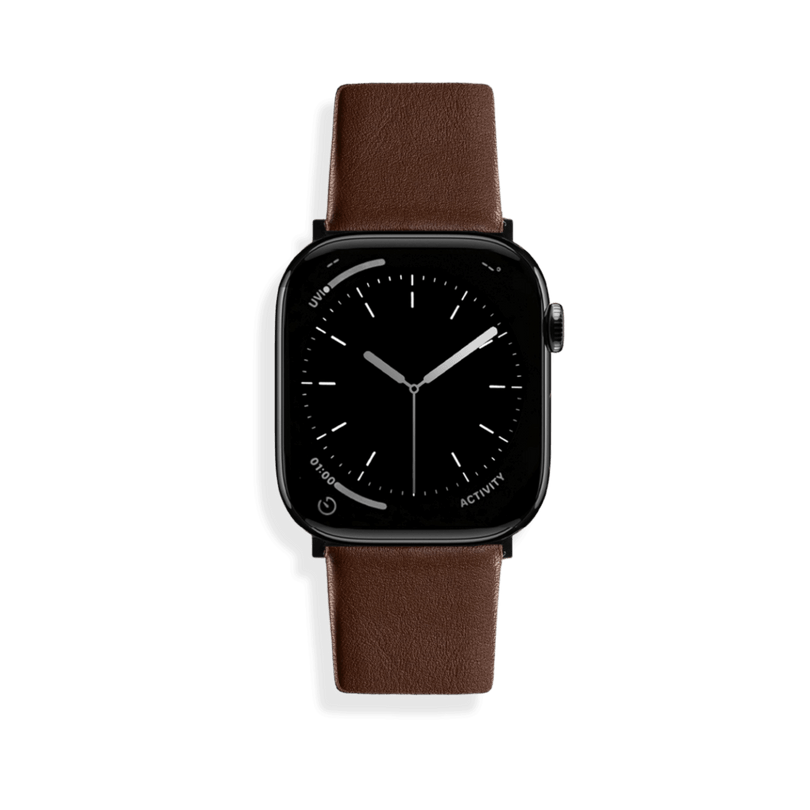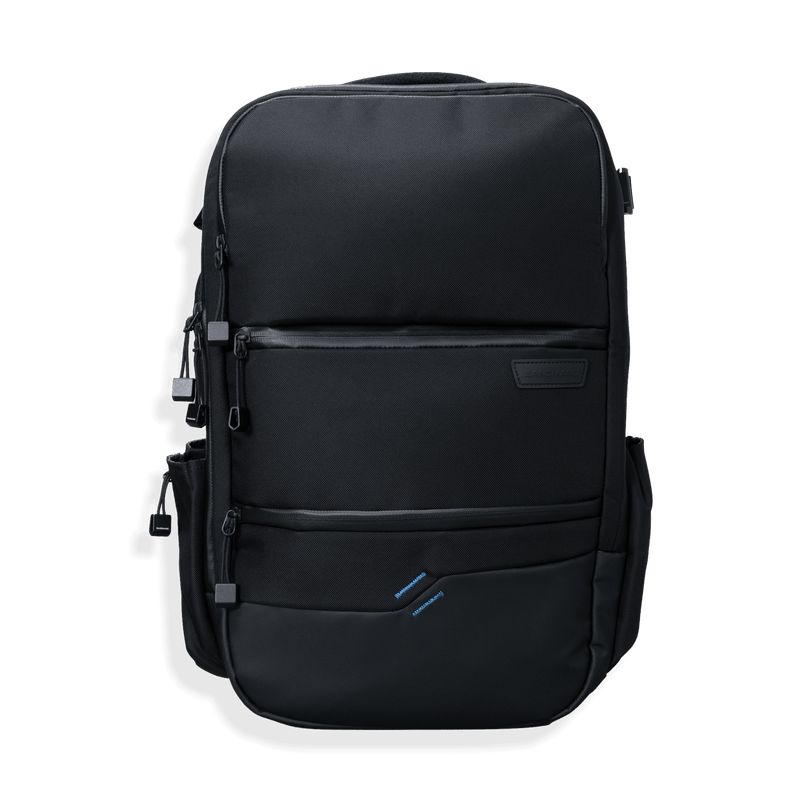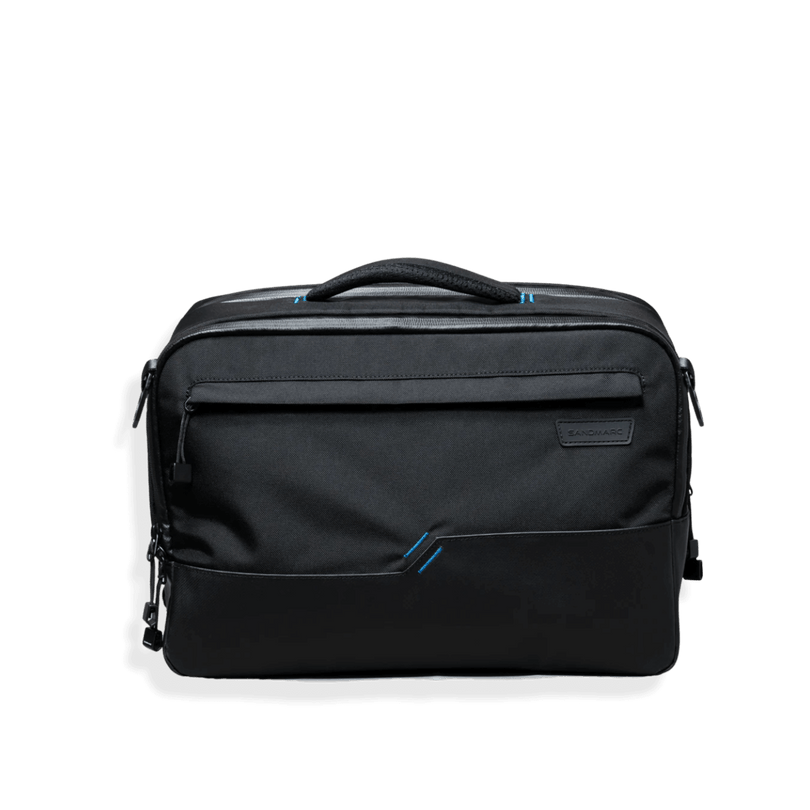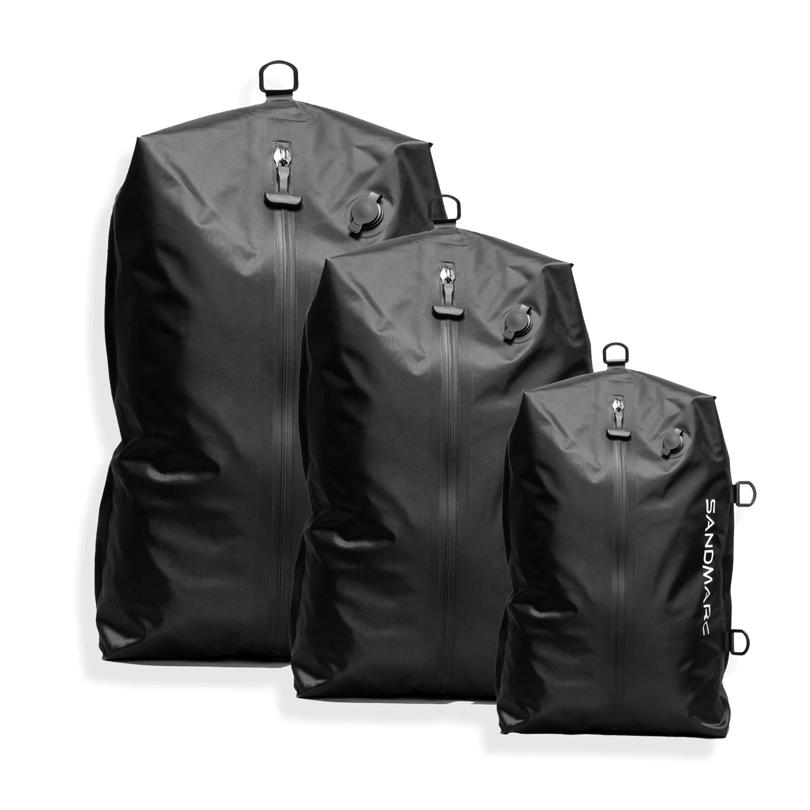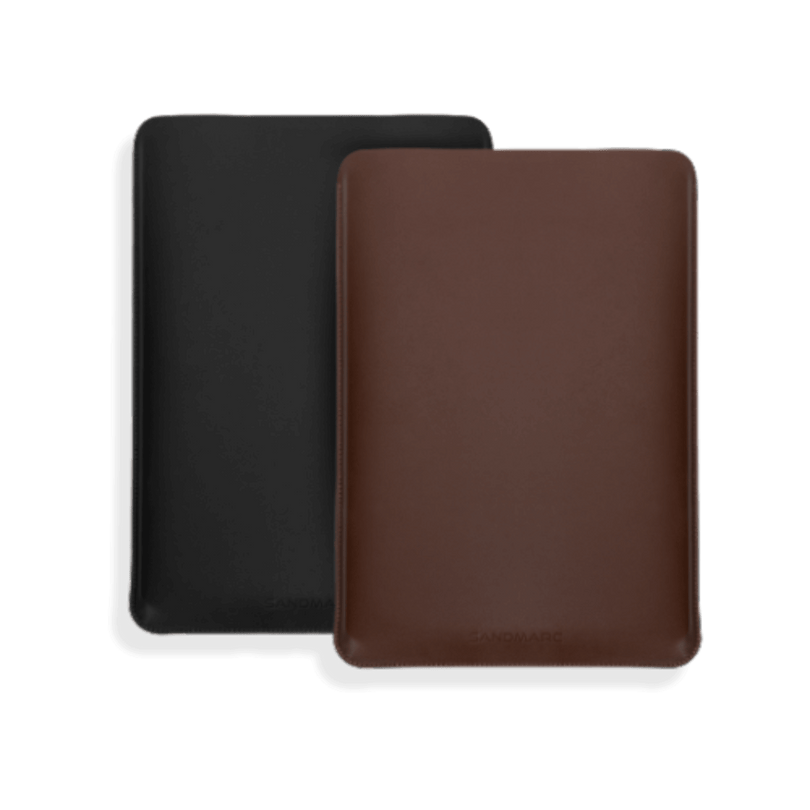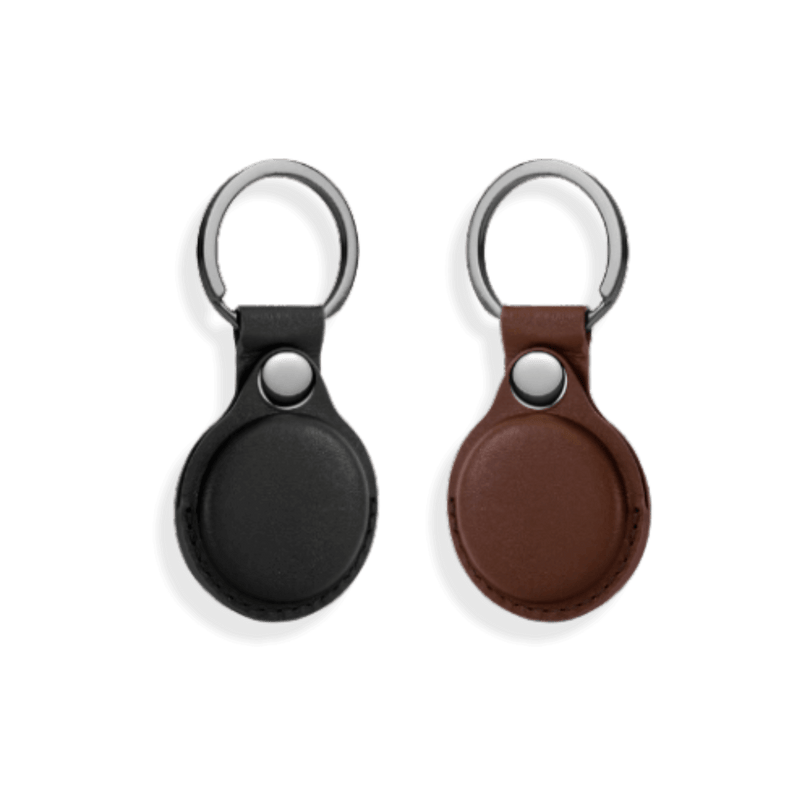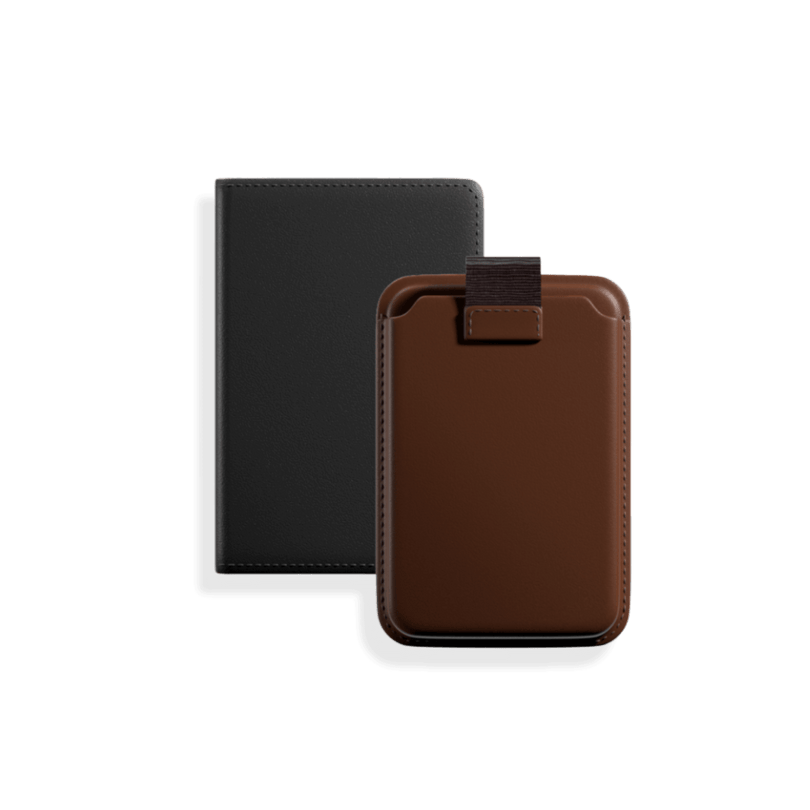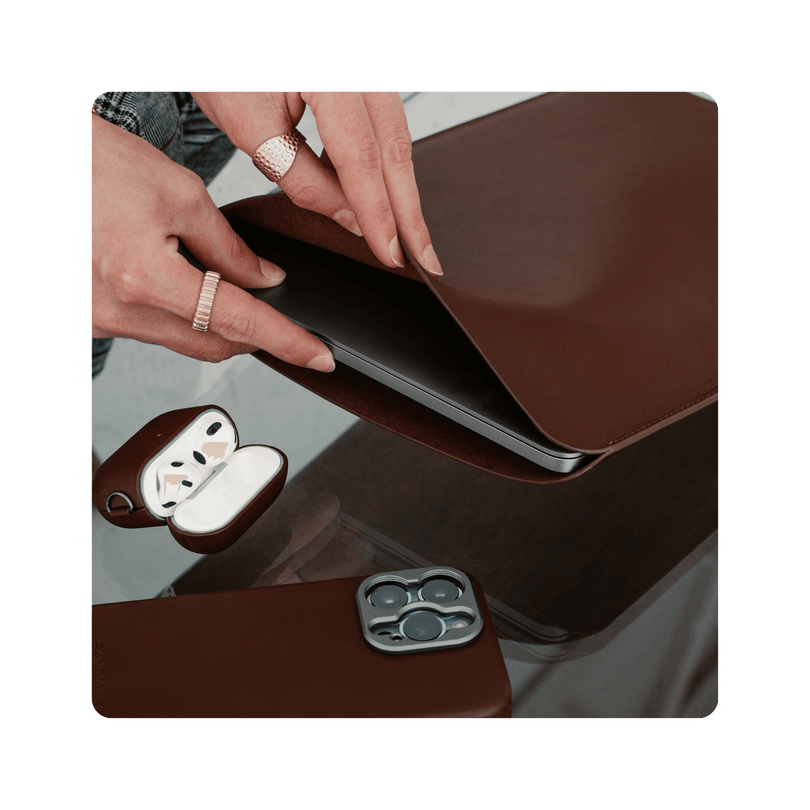Leading Lines in iPhone Photography & Filmmaking: How to Guide the Viewer’s Eye
What Are Leading Lines?
Leading lines are a great way to capture unique shots by using visual elements in your environment that naturally draw the viewer’s eye toward a specific subject. In both photography and filmmaking, leading lines play an important role in enhancing composition and creating visually appealing storytelling. The five types of leading lines are diagonal, vertical, horizontal, converging, and curved. Attaching a SANDMARC lens or filter makes it even easier to master this cinematic technique. In this guide, you’ll learn more about the various forms of leading lines and how to use them in both photography and filmmaking.
The Psychology of Leading Lines
When we stare at an image, our eyes instinctively follow where the lines lead, and this is what gives photographers and filmmakers the power to create flow and narrative direction. Not only can these lines create flow, but overall, they can also evoke emotions, with dramatic diagonals or more calming symmetrical images. In filmmaking, the lines subconsciously guide the viewer's attention while enhancing the scene's pacing. Once you harness leading lines, you'll be able to capture more dynamic shots.
Types of Leading Lines in iPhone Photography
Leading lines are formed by real or implied lines in a scene, such as horizontal lines running across the frame, vertical lines rising top to bottom, diagonal lines cutting across at an angle, curved lines creating smooth arcs, and converging lines that meet toward a single vanishing point in the distance. Each of these leading lines can provole certain emotions all while allowing you to capture unique photography.
Leading Lines Examples
Shot on iPhone + Telephoto 2x Lens
Horizontal Lines
Create calm and balance.
Create calm and balance.
Leading Lines in Filmmaking
Capturing leading lines in filmmaking often involves more movement, as you emphasize motion, perspective, and the overall scene design. Enhancing your shots with key camera movements, such as push-ins, pans, and follow shots, is highly effective. Leading lines can dramatize a scene and build significant emotional tension.
SANDMARC Gear to Enhance Leading Lines
The Telephoto Tetraprism Lens is recommended for compatible iPhone models, while the Telephoto 2x Lens is ideal for models that aren’t compatible with the Telephoto Tetraprism lens. Both lenses, along with the Wide Lens, are excellent for capturing leading lines. The Anamorphic Lens is perfect for filmmaking and provides a cinematic look with a blue lens flare. Using both a zoom and a wide-angle perspective provides greater flexibility, allowing various leading lines to naturally appear in your surroundings.
Common Mistakes to Avoid
- Too many competing lines that confuse focus.
- Leading lines with no subject or payoff.
- Overediting, over-sharpening or oversaturating can ruin natural flow.
- Forgetting to balance visual weight (foreground vs. background).
Shooting Tips for Perfect Composition
1. When figuring your shot, first plan your focal point. Always give your leading lines a destination, whether it’s a person, the horizon, or an object in the frame.
2. Use symmetry with intention: centered designs feel balanced and calm, while asymmetry introduces a sense of movement or tension.
3. Experiment with perspective: shooting from a low angle can make leading lines appear more dramatic, while aerial views can give a more bold look.
4. Utilize the lighting, shadows can serve as subtle, invisible leading lines that guide the viewer’s eye.
5. Shoot in RAW or LOG format to give yourself flexibility when editing.
2. Use symmetry with intention: centered designs feel balanced and calm, while asymmetry introduces a sense of movement or tension.
3. Experiment with perspective: shooting from a low angle can make leading lines appear more dramatic, while aerial views can give a more bold look.
4. Utilize the lighting, shadows can serve as subtle, invisible leading lines that guide the viewer’s eye.
5. Shoot in RAW or LOG format to give yourself flexibility when editing.
Leading lines are a great place to start, especially if you’re having a hard time finding inspiration or feel stuck in a creative rut. They give you a solid foundation to build on as you explore unique focal points to capture. Once you learn to harness leading lines, your photography and filmmaking will gain that extra spark that draws viewers in and keeps them engaged.
Author's Bio
Born on the California coast, SANDMARC designs gear for those who live life in motion—travelers, photographers, and filmmakers. Every SANDMARC product is thoughtfully designed to elevate how you capture, carry, and experience the world. With a focus on quality and functionality, their blog offers tips, guides, and inspiration to enhance the creative journey.

